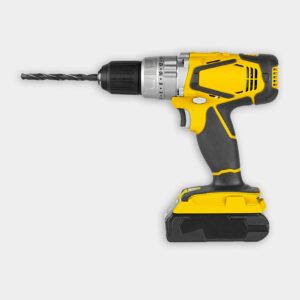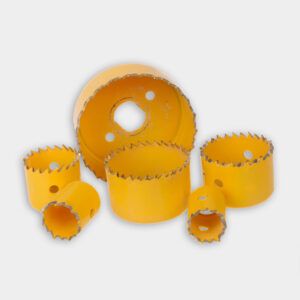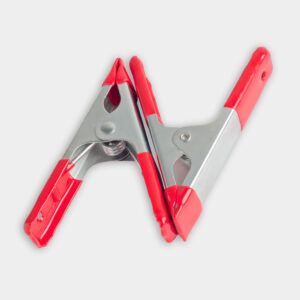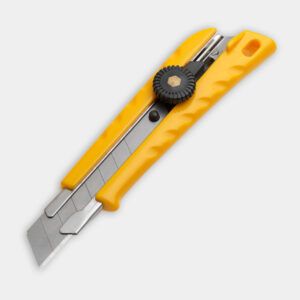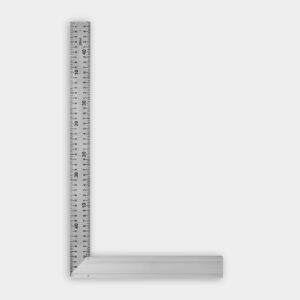With some basic materials and a bit of creativity, you can build a miniature golf course that provides hours of entertainment. In this guide,This Old House plumbing and heating expert Richard Trethewey and general contractor Tom Silva demonstrate how to construct a modular mini-golf course that you can set up indoors or outdoors.
Materials and Tools Needed

Before starting your miniature golf course project, gather these essential materials and tools:
- Artificial turf or green welcome mat
- Composite deck balusters
- Drill/driver with hole saw attachments
- Fast-setting glue
- Framing square
- Green felt
- Hacksaw
- Measuring tape
- Medium-density fiberboard (MDF) panels
- Miter box and backsaw
- Painter’s tape
- PVC pipe fittings
- Sandpaper
- Spray adhesive
- Spring clamps
- Utility knife
- Wood glue
Building the Miniature Golf Course Panels
Create the foundation of your miniature golf course using individual panels that you can arrange in various configurations.
Build the Panels
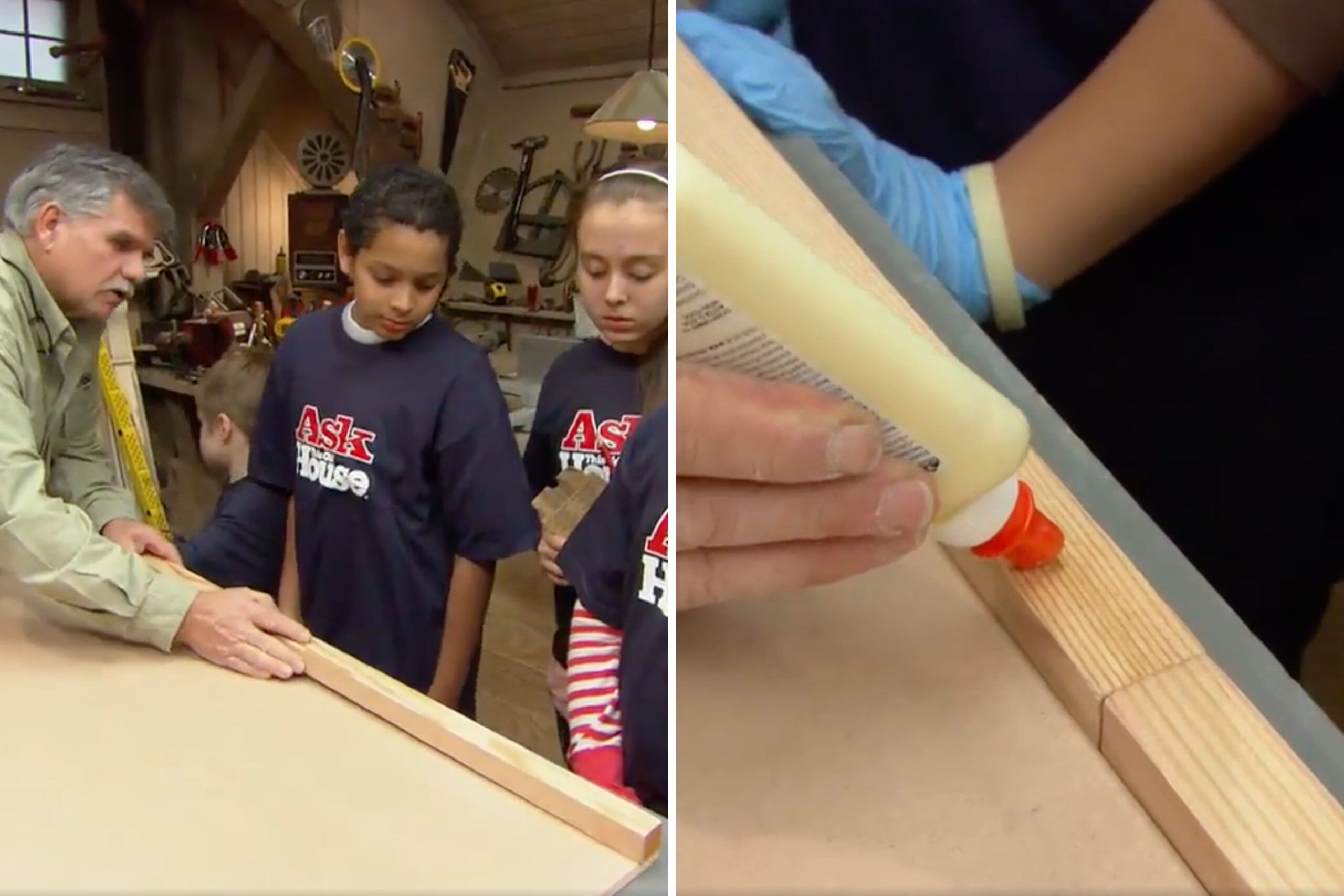
To start, prepare the MDF panels, which will act as the base of your course:
- Cut MDF panels to your desired size (the example uses 48-inch squares).
- Measure and mark the center of each panel for the golf hole location.
- Cut composite deck balusters to fit around the perimeter of each MDF panel. You can clamp the balusters in a miter box to ensure your cuts are square.
- Apply wood glue in strips along the length of each baluster, leaving spaces between the strips. In the spaces, add small dabs of fast-setting glue.
- Carefully position and attach the balusters to the panel’s edges. Hold in place until the glue sets for a strong bond.
Apply the Felt Surface and Make the Hole

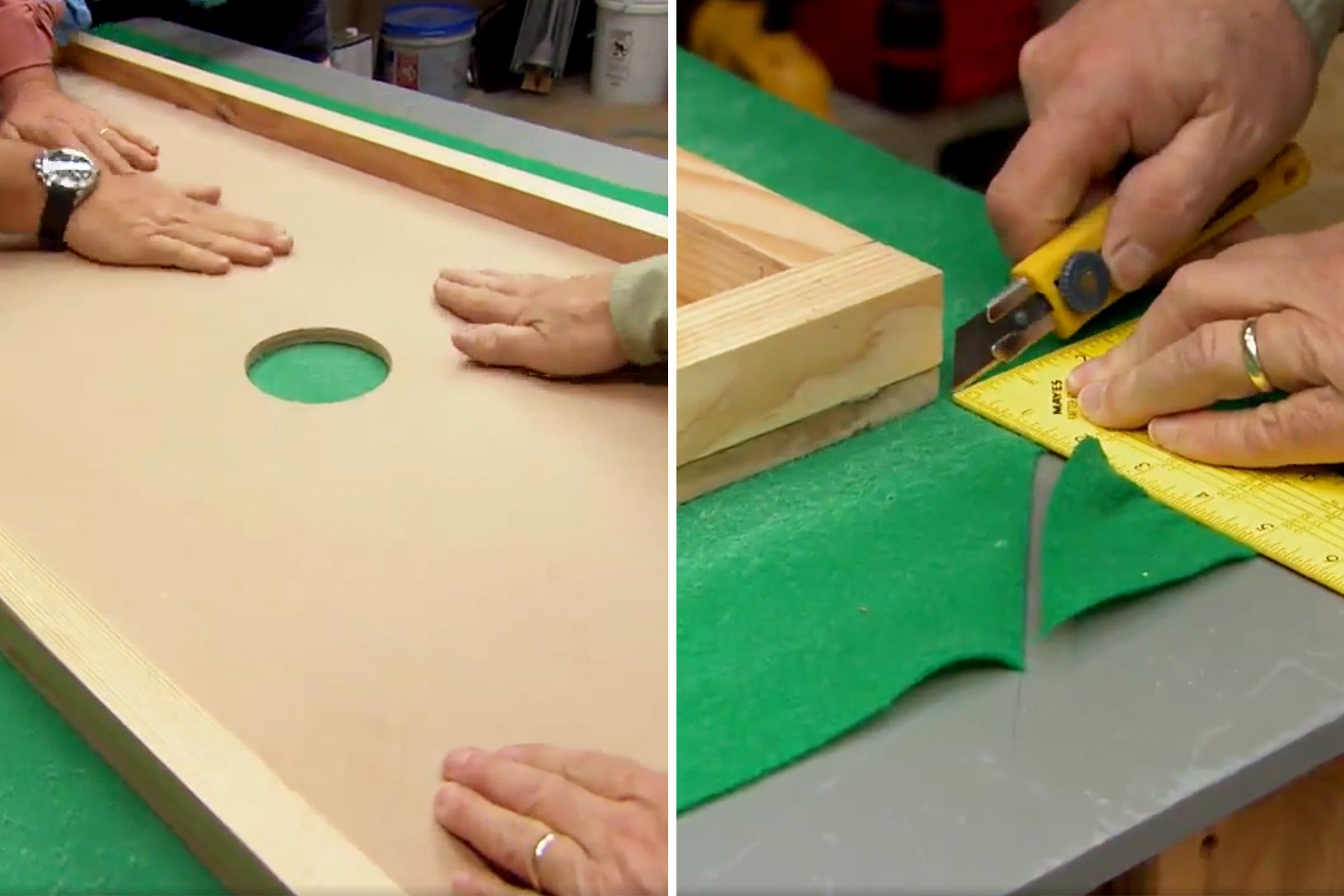
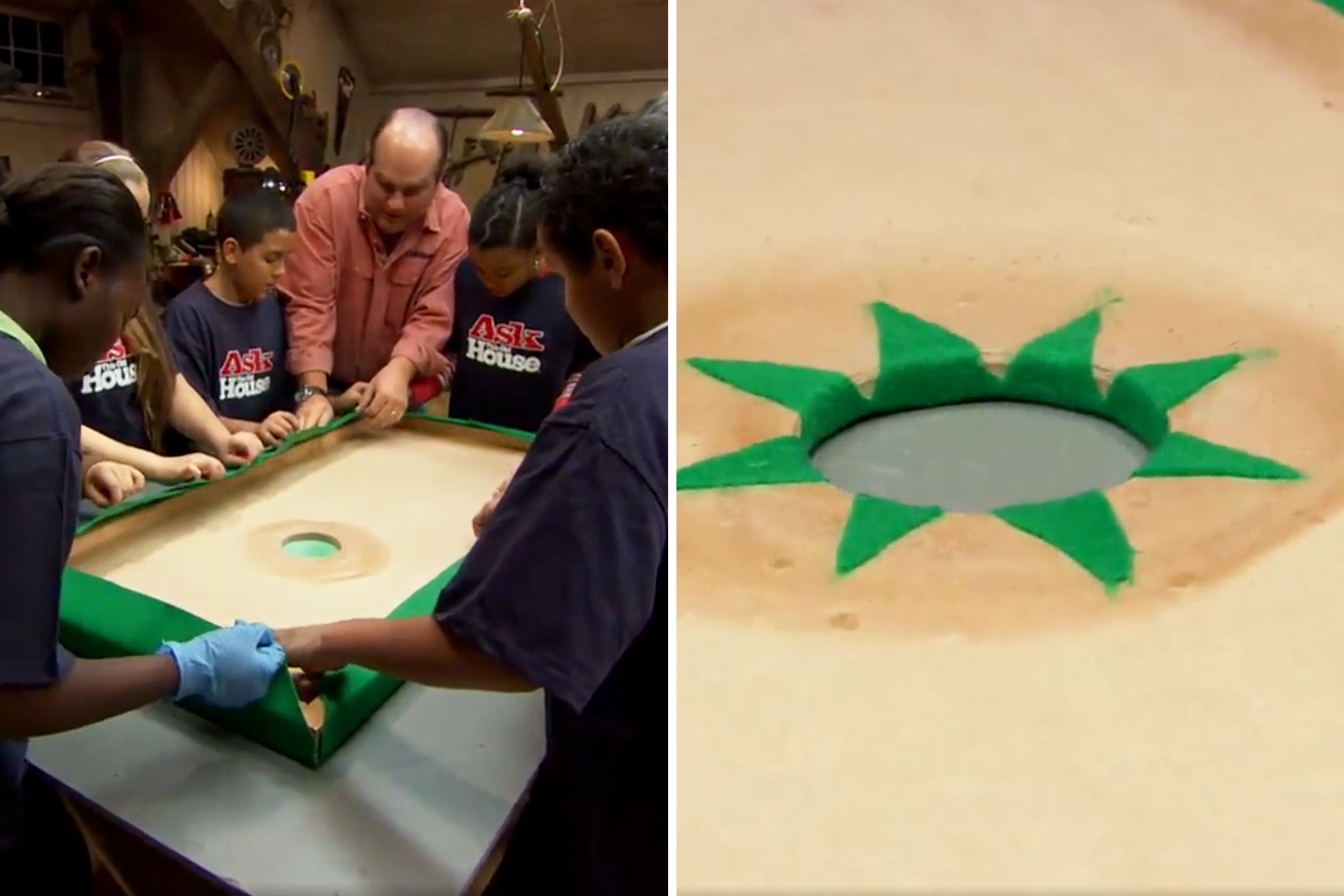
Next, add the felt surface and make the hole:
- Measure and mark the center of the board, and cut with a hole saw.
- Sand the inside edges of the hole smooth.
- Cut green felt slightly larger than your MDF panel.
- Spray adhesive on both the MDF panel and the felt, allowing it to become tacky.
- Carefully lay the felt onto the MDF panel, smoothing out any wrinkles or bubbles.
- Trim excess felt around the edges and the hole using a utility knife.
- Wrap the felt around the edges and secure it to the panel’s underside with additional adhesive if needed.
- Place a piece of plumbing fitting in the hole to catch the golf balls. You can also use composite balusters to create a border around your panels to stop the balls from rolling off.
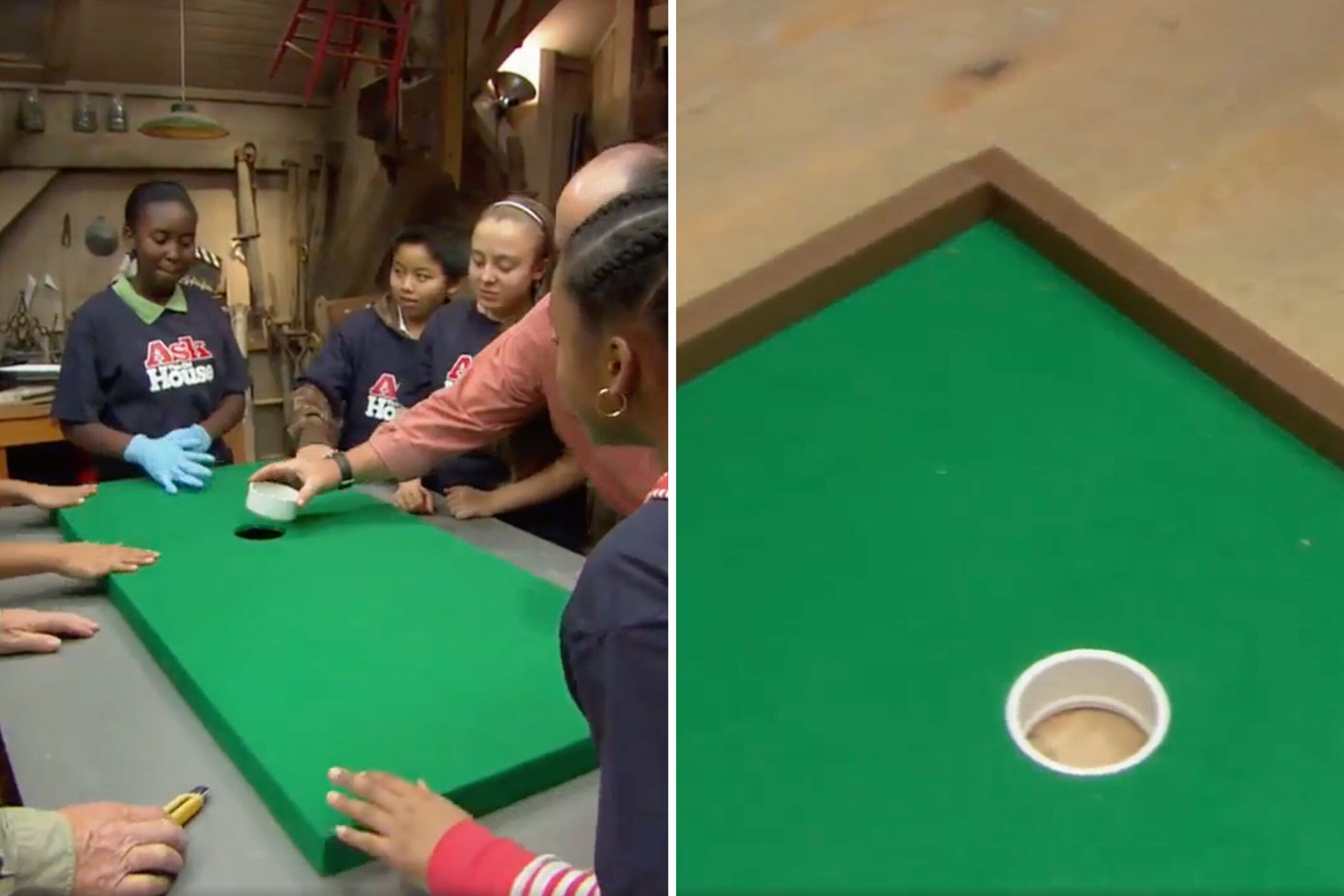
Creating Obstacles and Features
To make your miniature golf course more challenging and interesting, consider adding these obstacles and features.
Loop-De-Loop
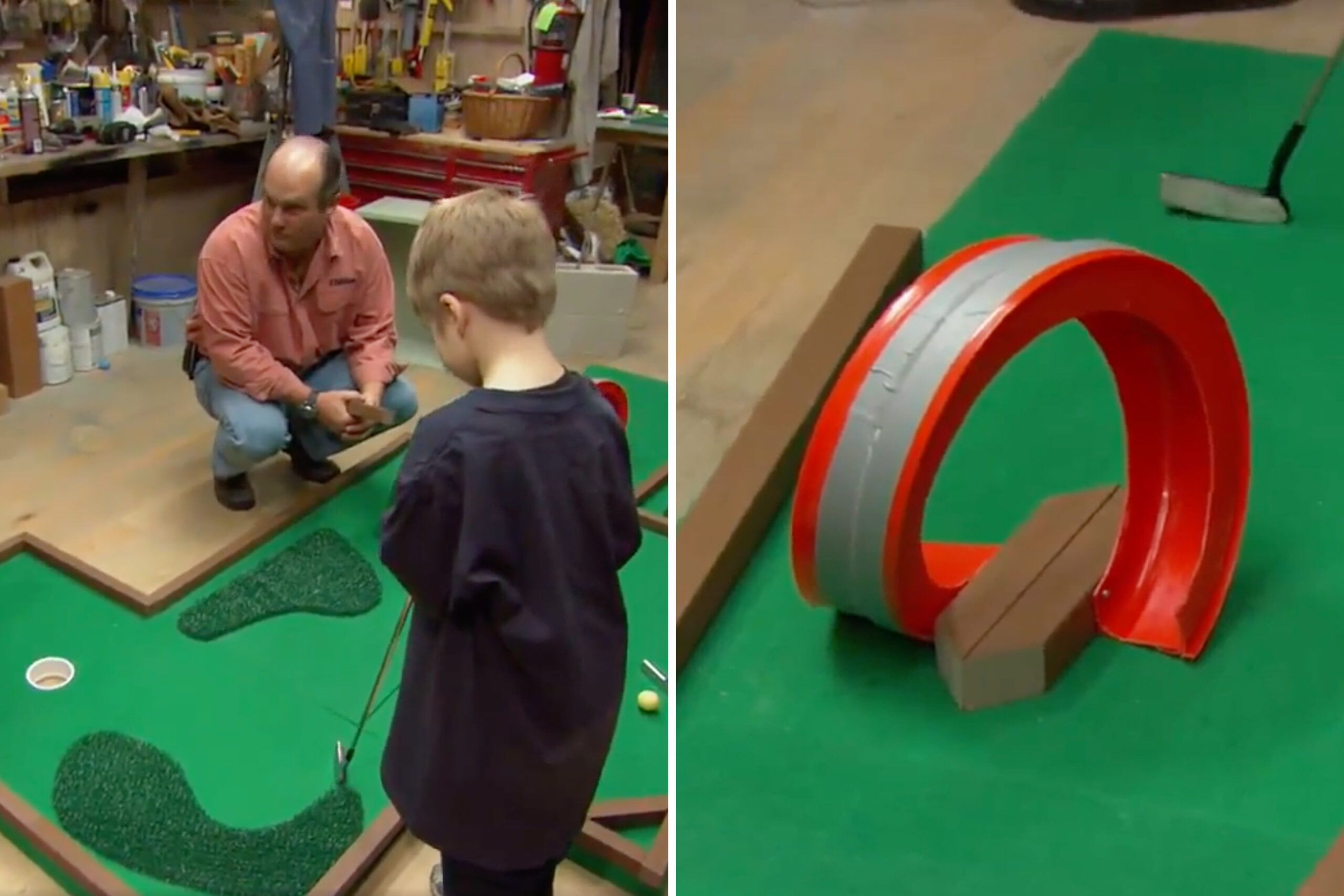
A loop-de-loop is a classic miniature golf obstacle that adds some complexity to your course. Here’s how to add this design feature to your course:
- Cut the bottom few inches off two five-gallon buckets.
- Remove the bucket bottoms, leaving a one-inch band.
- Cut an opening through each circular piece to form two semi-circles.
- Connect the pieces to form a channel, creating a loop shape.
- Secure with duct tape and attach to the base.
Flexible Ramp
A flexible ramp can add varying difficulty and surprise to the game. Follow these instructions to add a ramp to the structure:
- Cut three same-size holes in an MDF square.
- Attach composite legs to each corner to create a platform.
- Tape a flexible plastic sign to the edge of the platform for the ramp.
- Cover the platform and ramp with green felt, cutting out the holes carefully.
- Insert PVC elbow fittings into the bottom of the platform, pointing them in different directions for unpredictable ball exits.
Rough Areas
Creating rough areas mimics natural turf, making a course more challenging. Cut shapes from artificial turf or a green welcome mat, and secure these pieces onto strategic spots on the panels to make it harder to get the ball into the hole.
Tips for an Engaging Course Design
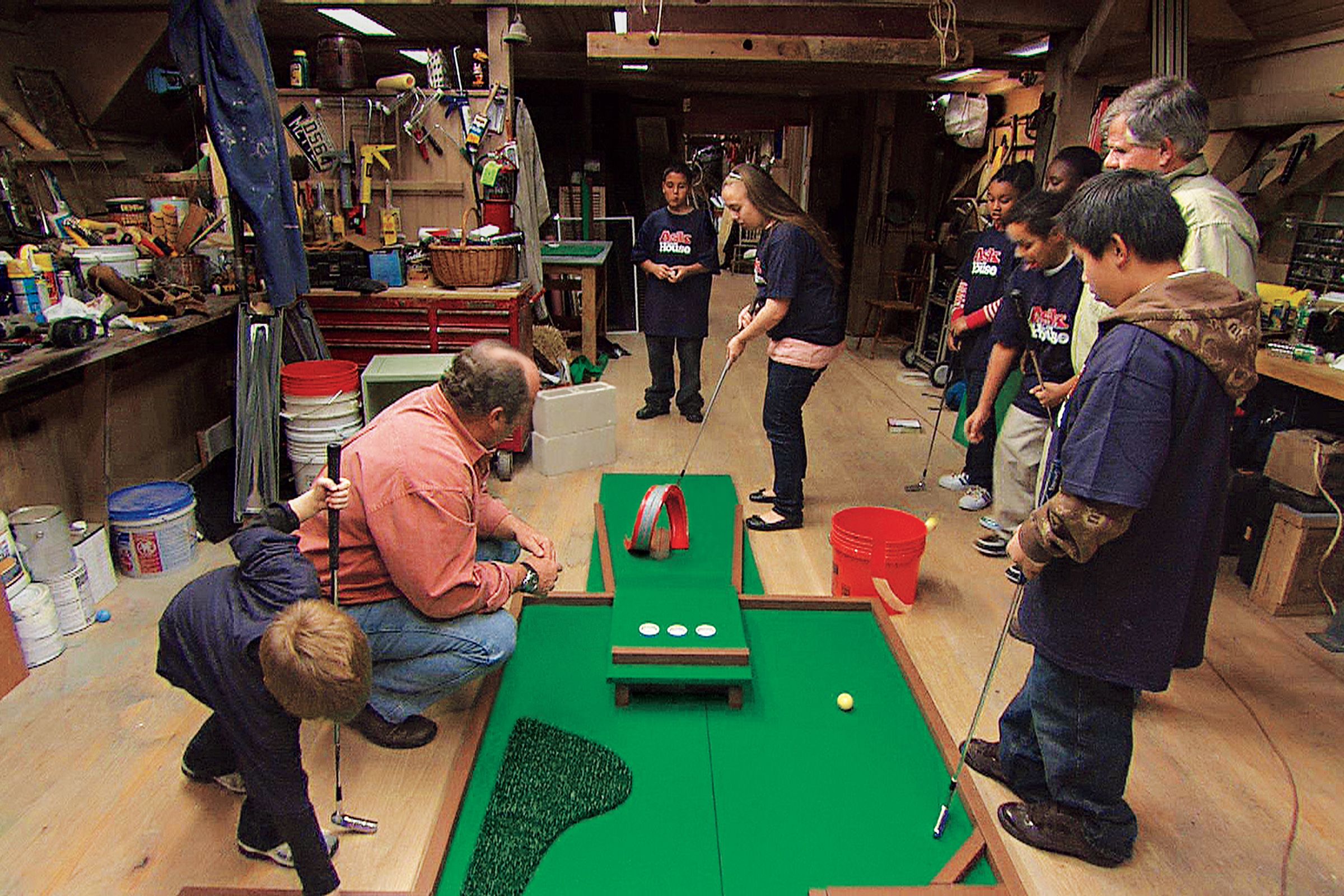
To create a more interesting and challenging miniature golf experience, consider these design ideas:
- Create themed holes based on famous landmarks or your favorite places.
- Include both straight shots and curved paths to test different putting skills.
- Incorporate different types of obstacles, such as tunnels, water hazards, and sand traps.
- Use elevation changes with ramps and hills to add complexity.
- Vary hole lengths and difficulty levels to keep players engaged.
Miniature Golf Course Maintenance and Storage
Proper care will extend the lifespan of your homemade golf course, so take these maintenance tips into consideration:
- Consider applying a water-resistant sealant to MDF panels if using the course outdoors to protect against weather damage.
- Inspect and tighten any loose components, such as PVC fittings or obstacle attachments.
- Regularly clean the felt surface with a soft brush or vacuum to remove dust and debris.
- Store panels and obstacles in a dry area when not in use to prevent warping or damage.

